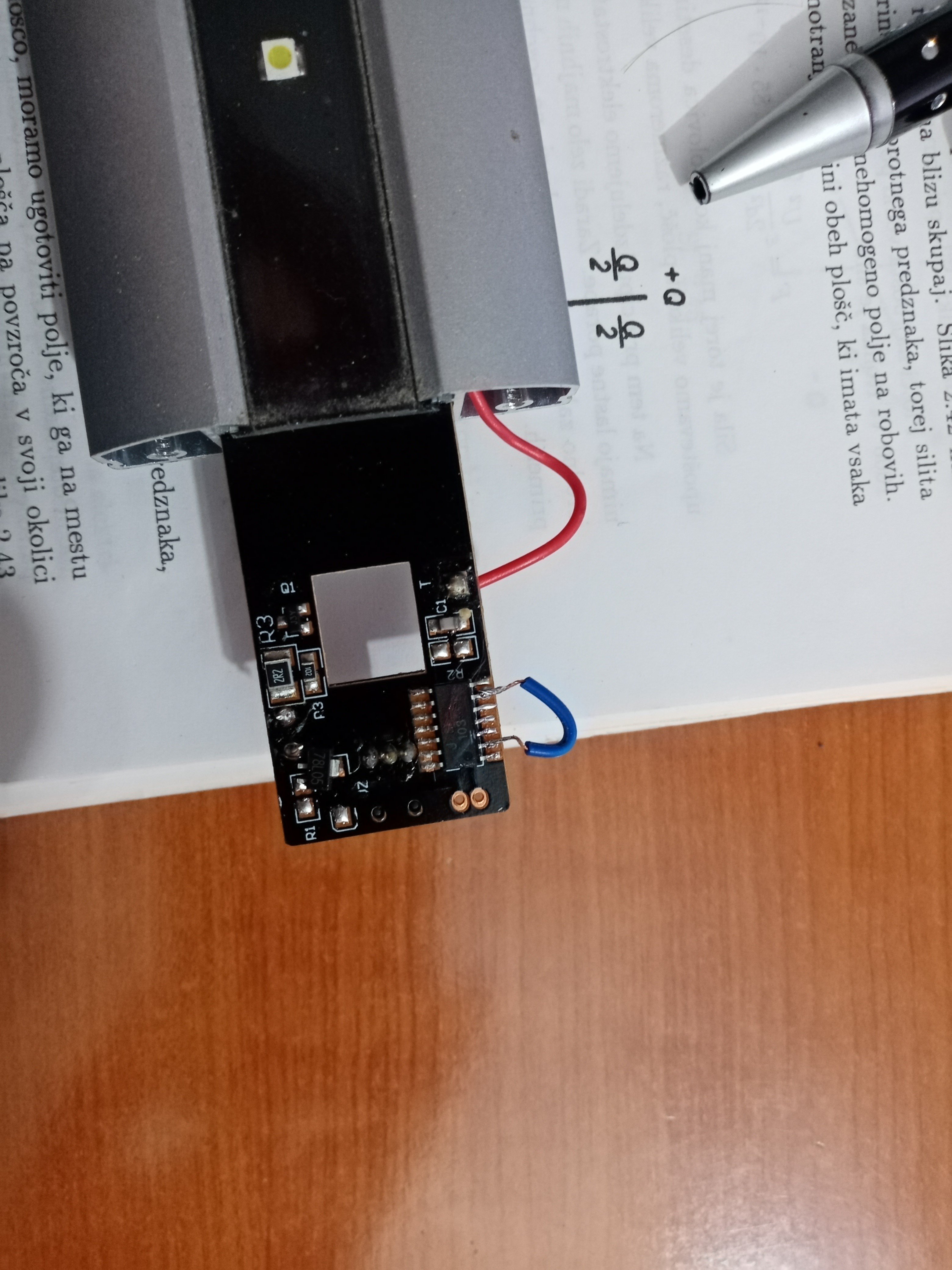Losing the touch - how to modify LED light fixture to bypass touch on/off
 Erlend
Posts: 612
Erlend
Posts: 612
I've bought a led lighting fixture to have above the kitchen bench (one of several). It is a LED strip and fits the purpose perfectly - if it was not for the touch toggle on/off function on every fixture. I want one, central switch for all of them. Looking inside I found BC83B08A-3 MCU which handles the touch signal, and a 4406a GA5N2P which I assume is some sort of constant current regulator. There are more circuits, but I believe these two hold the key. Problem is, it is very difficult to identify the pcb tracks, and secondly, I can not find a datasheet for the 4406a GA5N2P. I think the BC83B08A-3 is outputting a PWM, but since it would be 100% when on, I am thinking I can just tie this signal high. But this is too much guesswork for the cost of a potentially burned fixture. Anyone done this before?
Erlend
Erlend


Comments
-Phil
Depends on how much of a problem that is. Also need to test for typical power situations like long and brief outages, on/off flickering, and solid off to on switching. If signal timing is critical that could be solved with a 555 timer. One way to find out is to try it with multiple units.
If the 4406a GA5N2P is a constant current regulator (which seems likely as searching had it mentioned as a battery charge chip) then perhaps the signal from the BC83B08A-3 could be replaced with a switch.
Erlend
-Phil
If step one gives a consistent off or on you can connect a wire from a switch or 555 to the "touch" area and see if that works. If a DC signal works you are good to go. If it requires an AC signal you may need a 555 or 556 to produce the signal.
Of course there are plenty of other things I should instead spend my weekend on, but if you're a tinker...
Erlend
BTW: Your picture "LED_fix.jpg" failed to load.
Jumper from pin 8 to pin 10.
Erlend
i solved the problem that Erlend proposed.thank you. I soldered the2 pins as shown in the picture.The voltage between these two pins is 5V when the light is turned on.If you put the black probe on one pin and red probe on the other you get 5 V.
i unsoldered the red wirre which goes to touch sensor then.But works also with the red wire attached to the touch sensor.That was the case with this LED Lamp.